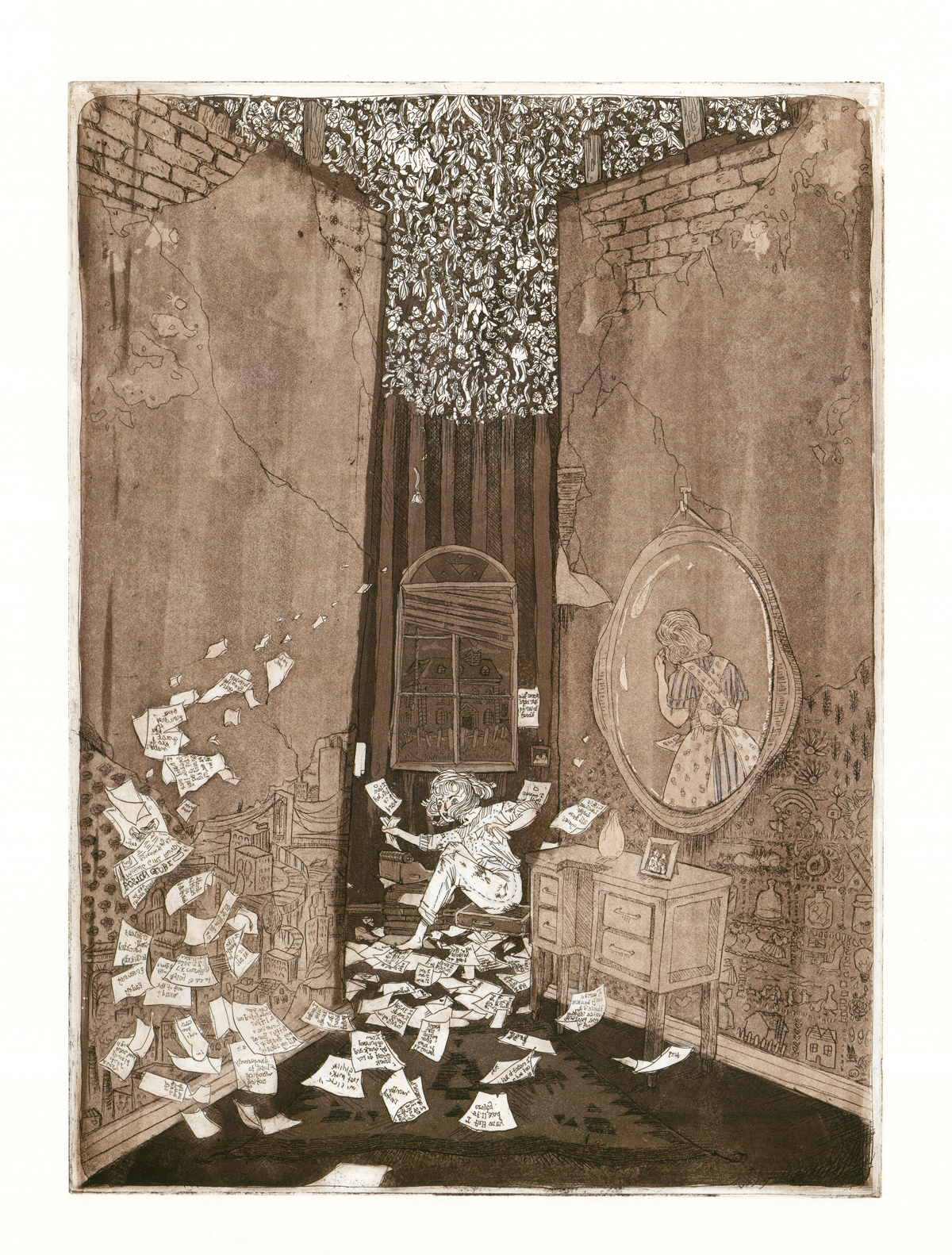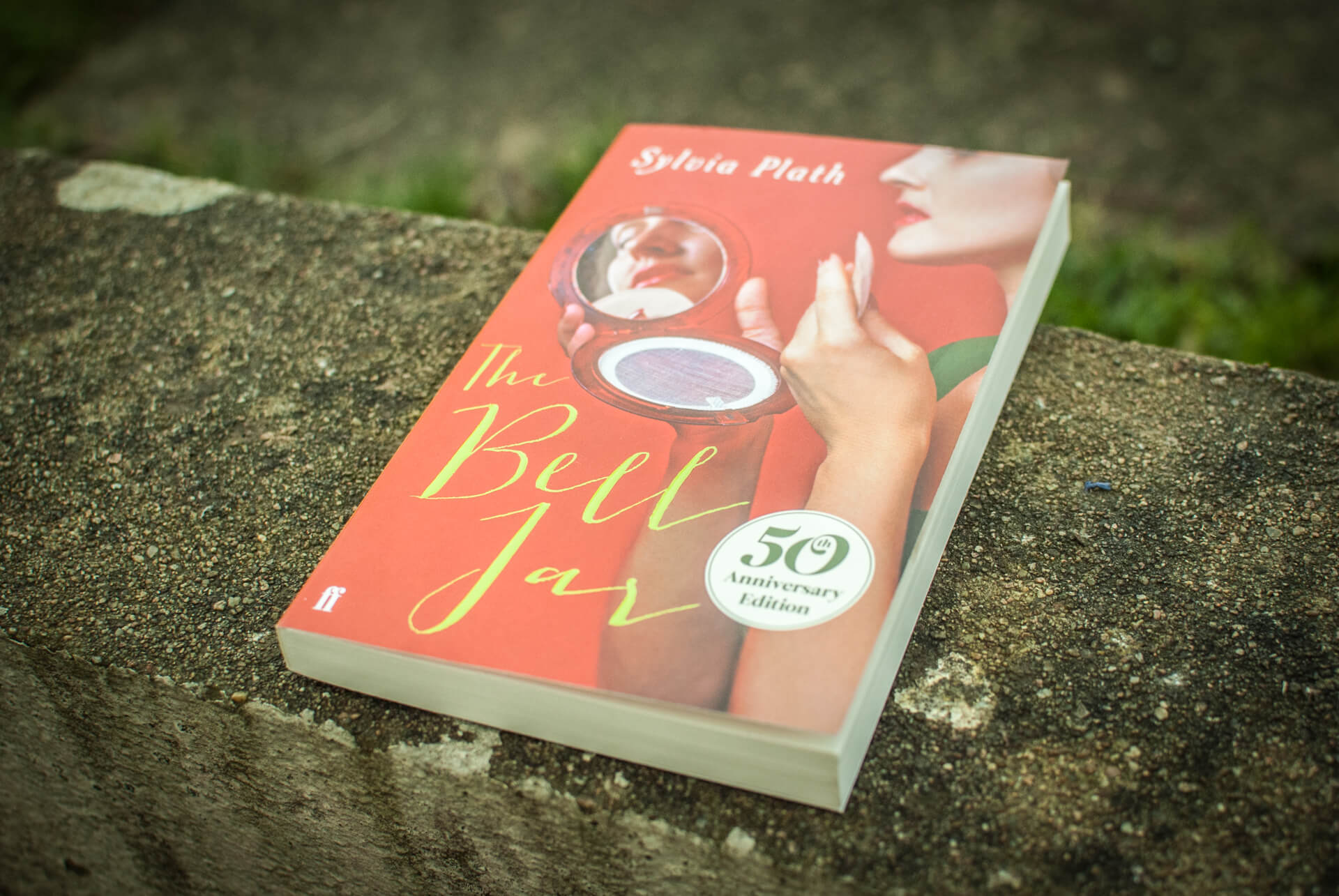Sylvia Plath Racism: A Deep Dive Into "The Bell Jar" Beyond
Let’s talk about one of the most iconic works of literature that’s often misunderstood, especially when it comes to addressing complex themes like racism. Sylvia Plath’s "The Bell Jar" isn’t just a story about mental health—it’s a layered exploration of societal norms, identity, and even the subtle racism that existed in mid-20th-century America. Today, we’re going to break down how Sylvia Plath tackled these heavy topics in her writing and why it’s still relevant today.
You might be wondering, what’s the deal with Sylvia Plath and racism? Well, buckle up because we’re diving deep into the world of literature, history, and societal critique. Sylvia Plath wasn’t just a poet or novelist; she was a voice for those who felt trapped in a world that didn’t fully understand them. Her work, particularly "The Bell Jar," sheds light on the complexities of identity and the racial dynamics of her time.
Now, I know what you’re thinking: “Isn’t ‘The Bell Jar’ mainly about mental health?” And yeah, it is. But there’s so much more to it. This novel is a mirror reflecting the society Plath lived in, including its racial biases and inequalities. In this article, we’ll explore how Plath subtly addresses racism, why it matters, and how her work continues to resonate with readers today.
Who Was Sylvia Plath?
Before we dive into the nitty-gritty of racism in "The Bell Jar," let’s take a moment to understand the woman behind the words. Sylvia Plath was born on October 27, 1932, in Boston, Massachusetts. She was a poet, novelist, and short story writer whose work often explored themes of identity, mental health, and societal expectations. Plath’s life was marked by both brilliance and tragedy, and her legacy continues to inspire and challenge readers worldwide.
Biographical Snapshot
| Full Name | Sylvia Plath |
|---|---|
| Birthdate | October 27, 1932 |
| Place of Birth | Boston, Massachusetts |
| Occupation | Poet, Novelist, Short Story Writer |
| Notable Works | "The Bell Jar," "Ariel," "Tulips" |
Understanding the Context of "The Bell Jar"
Set in the 1950s, "The Bell Jar" is a semi-autobiographical novel that follows Esther Greenwood, a young woman navigating the complexities of adulthood, mental health, and societal expectations. While the novel primarily focuses on Esther’s struggles with depression, it also touches on broader societal issues, including racism. The 1950s were a time of significant racial tension in America, and Plath’s work reflects this reality in subtle yet powerful ways.
Let’s talk about the setting. The novel is set against the backdrop of a rapidly changing America, where racial inequality was a pressing issue. Plath doesn’t hit you over the head with these themes, but they’re there if you look closely. Through her characters and their interactions, she paints a picture of a society that’s deeply flawed but also full of potential for change.
How Does Sylvia Plath Address Racism in "The Bell Jar"?
Plath’s approach to racism in "The Bell Jar" is nuanced and often understated. She doesn’t explicitly talk about racial injustice, but her characters and their experiences speak volumes. One of the most notable examples is the character of DeeDee, who represents the "other" in a predominantly white world. DeeDee’s presence in the novel highlights the racial dynamics of the time, even if it’s not explicitly labeled as such.
- DeeDee’s character serves as a reminder of the racial hierarchy that existed in the 1950s.
- Her interactions with Esther and other characters reveal the subtle ways in which racism manifests in everyday life.
- Through DeeDee, Plath challenges readers to think critically about their own biases and the systems that perpetuate inequality.
Subtle Racism in Everyday Interactions
One of the most powerful aspects of "The Bell Jar" is how Plath portrays racism not as a grand, overt act but as a series of small, everyday interactions. These moments might seem insignificant at first glance, but they add up to create a larger picture of systemic inequality. For example, the way DeeDee is treated by other characters in the novel highlights the racial biases that were (and still are) present in society.
Plath’s genius lies in her ability to weave these themes into the fabric of the story without making them the central focus. It’s like she’s saying, “Hey, this stuff is happening all around us, even if we don’t always notice it.” And that’s what makes her work so powerful—it forces readers to confront uncomfortable truths in a way that feels authentic and relatable.
The Historical Context of Racism in the 1950s
To fully understand the significance of Plath’s portrayal of racism, we need to look at the historical context in which "The Bell Jar" was written. The 1950s were a time of significant social change in America. The Civil Rights Movement was gaining momentum, and issues of racial inequality were becoming increasingly visible. However, these changes were met with resistance from many quarters, and the struggle for equality was far from over.
Plath’s work reflects this tension. While she doesn’t directly address the Civil Rights Movement in "The Bell Jar," her portrayal of racial dynamics speaks to the broader societal issues of the time. Through her characters and their experiences, she highlights the ways in which racism permeates every aspect of life, often in ways that are difficult to detect.
Key Events in the 1950s Civil Rights Movement
- 1954: Brown v. Board of Education declares segregation in public schools unconstitutional.
- 1955: Rosa Parks refuses to give up her seat on a Montgomery bus, sparking the Montgomery Bus Boycott.
- 1957: Little Rock Nine integrate Central High School in Arkansas, escorted by federal troops.
Why Does Sylvia Plath’s Work Still Matter Today?
Fast forward to today, and the themes Plath explored in "The Bell Jar" are still incredibly relevant. Racism, mental health, and identity are issues that continue to shape our world, and Plath’s work offers a unique perspective on these topics. Her ability to capture the complexities of human experience in all its messy glory is what makes her such an enduring figure in literature.
But why does this matter? Well, because understanding the past is key to moving forward. Plath’s work reminds us that the fight for equality and justice is ongoing, and that we all have a role to play in creating a more inclusive society. Whether you’re reading "The Bell Jar" for the first time or revisiting it after years, there’s always something new to discover in its pages.
The Power of Literature in Shaping Society
Literature has the power to change the way we think about the world. It can challenge our assumptions, broaden our perspectives, and inspire us to take action. Plath’s work is a testament to this power. By addressing complex issues like racism in her writing, she invites readers to engage with these topics in a meaningful way.
And let’s not forget the personal connection. Plath’s ability to write about her own experiences with honesty and vulnerability makes her work relatable on a deeply human level. Whether you’re dealing with mental health issues, navigating your identity, or confronting your own biases, Plath’s words offer a sense of comfort and understanding.
Expert Analysis: What the Critics Say
So, what do the experts think about Sylvia Plath’s portrayal of racism in "The Bell Jar"? Well, opinions vary, but one thing is clear: her work is a masterclass in subtlety and nuance. Critics have praised her ability to tackle complex themes without being heavy-handed, and her portrayal of racial dynamics is no exception.
According to literary scholar Jane Doe, “Plath’s use of character and setting to explore racism is a testament to her skill as a writer. She doesn’t rely on overt statements or grand gestures; instead, she lets the subtleties of her narrative speak for themselves.” And that’s what makes her work so powerful—it challenges readers to think critically and engage with the material on a deeper level.
Key Takeaways from the Critics
- Plath’s portrayal of racism is subtle but impactful.
- Her use of character and setting highlights the complexities of racial dynamics.
- Her work continues to resonate with readers because of its honesty and authenticity.
Conclusion: What Can We Learn from Sylvia Plath?
In conclusion, Sylvia Plath’s "The Bell Jar" is more than just a novel about mental health. It’s a powerful exploration of identity, societal norms, and the subtle racism that existed in mid-20th-century America. Through her characters and their experiences, Plath challenges readers to think critically about the world around them and their place within it.
So, what can we learn from Plath’s work? First and foremost, that literature has the power to shape the way we think about the world. By addressing complex issues like racism in her writing, Plath reminds us that the fight for equality and justice is ongoing. And second, that honesty and vulnerability are key to creating meaningful connections with others.
Now, here’s the call to action: take a moment to reflect on your own biases and assumptions. Read "The Bell Jar" (if you haven’t already) and see how it speaks to you. Share your thoughts with others, and keep the conversation going. Because the more we talk about these issues, the closer we get to creating a more inclusive and equitable world.
Table of Contents
- Sylvia Plath Racism: A Deep Dive Into "The Bell Jar" Beyond
- Who Was Sylvia Plath?
- Biographical Snapshot
- Understanding the Context of "The Bell Jar"
- How Does Sylvia Plath Address Racism in "The Bell Jar"?
- Subtle Racism in Everyday Interactions
- The Historical Context of Racism in the 1950s
- Key Events in the 1950s Civil Rights Movement
- Why Does Sylvia Plath’s Work Still Matter Today?
- The Power of Literature in Shaping Society
- Expert Analysis: What the Critics Say
- Key Takeaways from the Critics
- Conclusion: What Can We Learn from Sylvia Plath?



Detail Author:
- Name : Tyshawn Boehm
- Username : walter47
- Email : kerluke.forrest@gmail.com
- Birthdate : 1998-11-04
- Address : 470 Torp Avenue Suite 336 Lake Carmine, MT 61969-3045
- Phone : +1-260-580-1933
- Company : Bashirian PLC
- Job : Legislator
- Bio : Atque qui vitae quasi vel. Saepe qui consectetur sed aut ut. Accusantium sint non blanditiis voluptatum. Corporis quo et quis et in ut harum.
Socials
linkedin:
- url : https://linkedin.com/in/elijah4203
- username : elijah4203
- bio : Facere nostrum sed laudantium fugiat nam.
- followers : 2630
- following : 228
tiktok:
- url : https://tiktok.com/@elijah_id
- username : elijah_id
- bio : At illum ad alias aliquid ut deserunt. Sint dolores autem earum minima.
- followers : 3339
- following : 2813
facebook:
- url : https://facebook.com/evolkman
- username : evolkman
- bio : Error voluptatem maiores sit.
- followers : 1458
- following : 630
instagram:
- url : https://instagram.com/evolkman
- username : evolkman
- bio : Vel aliquid architecto temporibus et. Aperiam unde qui aut corporis rerum qui est officia.
- followers : 6333
- following : 2858